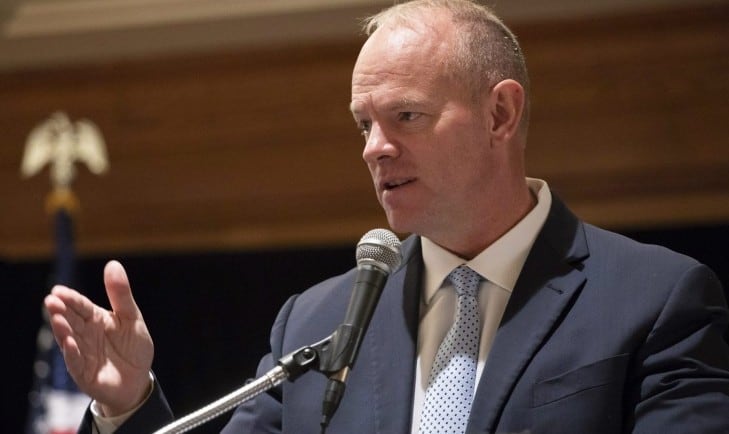
Remember invasive species? They were one of the Four Threats that Chief Bosworth outlined in (2006?) (a) fire and fuels, (b) invasive species, (c) loss of open space, and (d) unmanaged recreation (this was focused on OHVs).
It seems like invasive species never get their due attention in media accounts of problems, which seems to have been focused on climate change since then. Nevertheless, folks all over are still working on these problems and are learning a great deal. Here’s a link to a recent meeting and webinar from the Western Governors’ Association.
Since we are basically a kind of DIY journalism institution, any of you readers who feel inclined could watch one or more of them and summarize for the rest of us. Here’s one panel but there are a variety of interesting ones..
Restoration Following Invasive Species Impacts when Sensitive Species are Present
(Biosecurity & Invasive Species Initiative Session): Panelists discussed strategies and best practices
Noreen Walsh, Fish & Wildlife Serviceto restore western landscapes affected by invasive species when threatened, endangered and other at-risk species are present. Panelists: Noreen Walsh, Director, Mountain-Prairie Region, US Fish and Wildlife Service; Tom Spezze, Senior Director of Conservation – Western US, National Wild Turkey Federation; Scott Smith, Deputy Director of External Operations, Wyoming Game and Fish. Highlights from panelists included:
Noreen Walsh: “The question is not ‘Do we treat invasive species when sensitive species are present.’ It’s not a yes or no question. The question is ‘How do we treat those invasives when sensitive species are present?’ ”Scott Smith: “The state of Wyoming plays a leading role in the conservation of sage grouse. It remains a high-priority for us; Wyoming supports about 43 million acres of sage grouse habitat and 37% of the population nationwide.”
If you find one that’s interesting, I encourage you to take some notes and email to me and I will post. What did you learn that you found interesting and did not already know? Thank you.